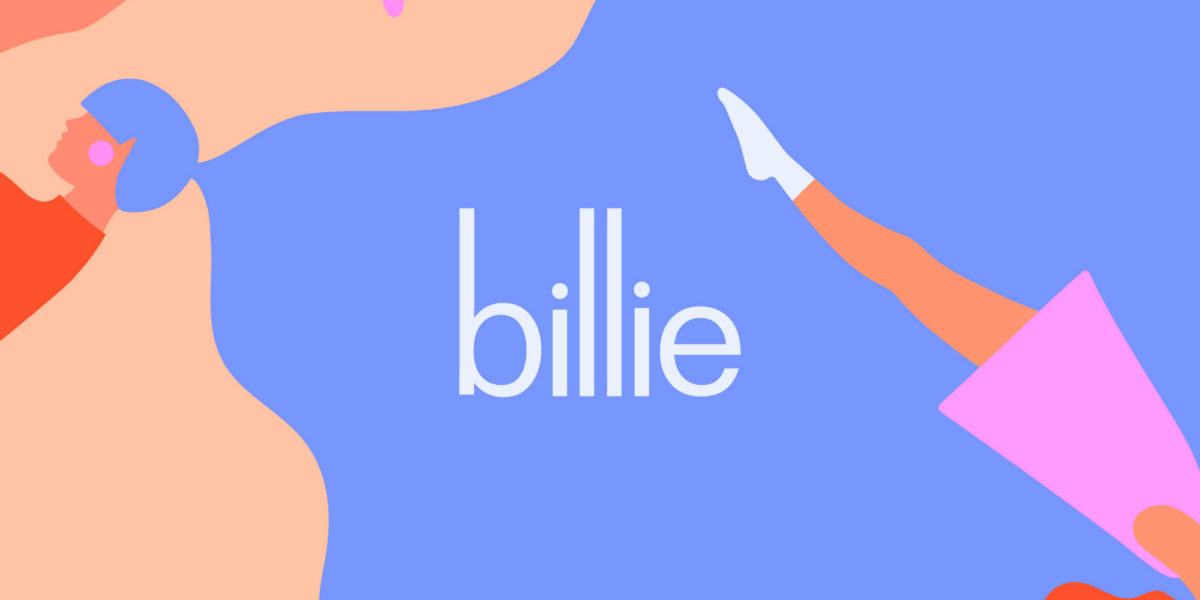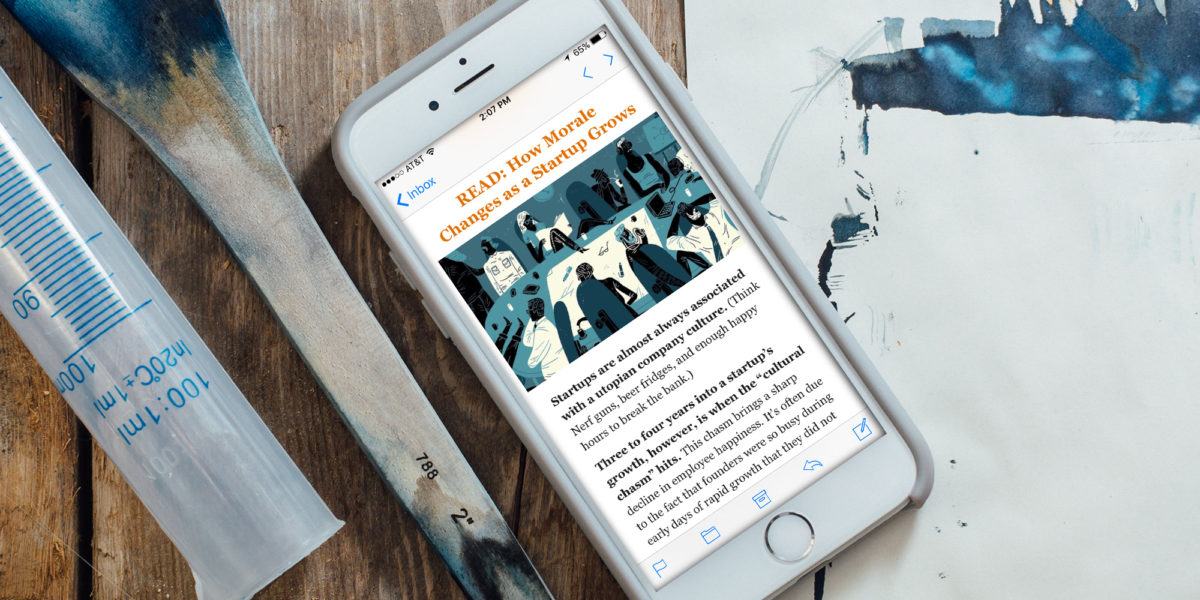Let’s take a trip back in time.
In 1958, Honda made the decision to enter the U.S. motorcycle market. At this time, the US motorcycle market was dominated by Harley Davidson, Indian, and Triumph. Riders of those motorcycles were exactly who you think of when someone says, “biker.” They were leather-wearing outsiders.
Back to Honda, when the Japanese company decided to enter the U.S. market, they went after the leather-wearing biker audience. They built some large motorcycles that could compete with Harley.
How’d that work out?
It was a huge success for Hond…ehh, just kidding. It was actually a total flop. Their large bikes barely sold. In the early ’60s, no leather-wearing outsider wanted to switch from a Harley or Indian to a Japanese bike.
While the US Honda team was trying to figure out why no one wanted to buy a Japanese bike, they noticed something unexpected. Urban-living, non-traditional motorcycle riders were taking interest in Honda’s small lightweight bike, the 50cc Super Cub.
In Japan, the Super Cub had always been incredibly popular among the urban-living, younger audience. But, Honda decided to ignore that market in the US and try something completely new.
Eventually, Honda shifted their marketing strategy to target this urban-living audience. Instead of trying to get traditional motorcycle riders on a Honda, they targeted young buyers who had no interest in the black leather jacket persona.
This was the same audience who loved their motorcycles in the Japanese-market — people who just wanted inexpensive, convenient, individual transportation for short trips around town.
That’s where the famous, “You meet the nicest people on a Honda” ad campaign came from.

The Super Cub’s massive US success eventually allowed Honda to move into the traditional motorcycle market, and it wasn’t too long before they captured 63% of the US motorcycle market.
So, what’s the point?
Honda almost became a footnote in US automotive history because they didn’t understand their target audience. Luckily, they realized it and pivoted before it was too late.
Had Honda originally focused on their strongest audience, they wouldn’t have wasted time and money marketing to an audience who was never going to buy their motorcycles.
Great marketing is a lot like building a pyramid.
Your audience is the foundation. You have to start by completely understanding them before you work on your strategy or execution. Strategy is the 2nd layer of the pyramid. Once you understand your audience, only then can you build a strategy.
And execution is the top piece. You can’t execute without strategy and you can’t have a strategy if you don’t understand your audience in the first place. It’s, unfortunately, common to get this completely upside down. Honda definitely did.
But I get it, it’s easy to get this upside down because of pressure from outside forces. Your boss, your CEO, your coworkers want results now. You don’t have time to learn your audience, but you read a blog post that said if you just do this one little trick, your Facebook ad results will skyrocket. Tempting, right? Don’t fall into the trap!
How to handle the boss
So what the heck are you supposed to do when dealing with pressure from your boss who wants results right now?
- First, match your goal of learning your audience to your boss’s goals. Your boss wants to increase social media followers? Explain how learning your audience will help achieve that goal.
- If that’s a no-go, try a mini case study for your boss on something that she’s passionate about. Say, for example, your boss loves Starbucks coffee. Do some research on how Starbucks knows its audience and why that makes them successful. Present your case study, and then explain that you can create a stronger connection with your audience if your boss will give you some time to learn more about them.
- Boss still not sold? Build an army (not a real army). Get your coworkers on board with this idea too. Then when all of you present this idea to your boss, it’ll be easier for her to say yes.
Time to learn
Okay, now that your boss is on board, what should you do to learn your audience? Here are a few of my favorite sources for doing this:
- Sit in on sales calls with your sales team. Pay attention to the questions their prospects ask and how the sales team answers them.
- Spend time with customer service too. You can learn a ton from both happy and dissatisfied customers.
- Talk to your customers. For real. Reach out to 10 or 15 customers and ask if you can just talk to them for 15 minutes.
- Check out online forums. There’s a really good chance that an online community exists for your target audience. Start with Reddit. Do this for 30 minutes per day for 2 weeks. You’ll learn a lot.
- Read review sites. Sites like Yelp, Google, G2 Reviews, Capterra, etc. can be a gold mine for customer info.
Notice one thing missing from this list?
Surveys. Surveys aren’t a good way to truly understand your audience. You’ll get great data from a survey. But, learning your audience is more about intuition than cold-hard facts.
If you want to include a survey as part of your audience research, go for it. But, just remember that your audience is made up of actual people. Not just a dataset.
When you’re doing this audience research, here’s a partial list of what you should pay attention to:
- Their decision-making process. Was it just one person making the decision? A group? How long does that process take?
- Hangups they have in their jobs (for B2B), or their lives (if you’re a B2C company).
When you’re listening to customer service calls, try to find out why customers are dissatisfied or why they’re happy. - When you’re on calls with the sales team, try to find out if the prospect is using a competitor’s product and why they’re thinking about switching.
- When looking over review sites, pay attention to the common trends that people mention. Do they consistently mention one feature of your product that competitors don’t have?
- Try to uncover what your audience likes to do outside of work. You might find, for example, that many people in your audience love to read. You can do plenty with that bit of information.
- Lastly, pay attention to the voice and tone they use when talking.
Final point
Audience research will help marketers at every level in every organization. Everyone from the CMO down to the most junior marketer should take some time to learn their audience. Even if you’ve been at a company for 15 years, take time to relearn your audience. Your marketing will be better for it.
(PS – if you want more insight like this, subscribe to our daily marketing newsletter, the Daily Carnage).






